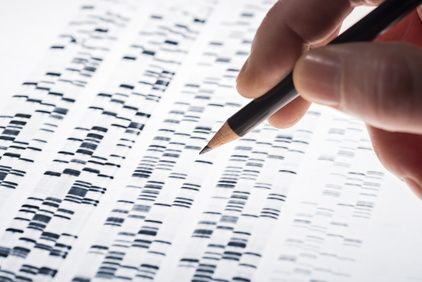
(Vienna, 05 December 2019) The Austrian Science Fund (FWF) is establishing a new specialist research area called RNA-DECO. Over the next four years, total funding of over €4 million will be provided to fund a total of 12 research groups, who will study the chemical modification of ribonucleic acid (RNA). Five of these research groups (Walter Rossmanith, Matthias Schäfer, Elisa Vilardo, Javier Martinez, Michael Jantsch) are based at MedUni Vienna. Overall project leader is Michael Jantsch, Head of MedUni Vienna's Centre for Anatomy and Cell Biology.
RNA-DECO – chemical decoration of RNA
The blueprint of all cells and organisms is stored in its DNA as genetic information by means of a code of four letters A (adenosine), G (guanosine), C (cytidine), and T (thymidine). When genetic information is used as an instruction for creating proteins, the essential building blocks of the cells, the information stored in the DNA is first of all transcribed into the molecule related to DNA, namely "RNA". The genetic letters of RNA are virtually identical to those of DNA, except that the T is replaced by U (uridine) in RNA.
Until recently, it was assumed that the four letters of RNA, like those of DNA, remain largely unchanged during the life-cycle of an RNA molecule, so that the RNA is a more or less identical copy of the DNA. However, more recent findings show that RNA can be chemically altered and modified in many different ways: currently there are approximately 150 different known chemical modifications of RNA, some of which can only be identified in certain groups of organisms.
It was found that some chemical modifications greatly influence the stability, transport, function or the genetic information of RNA molecules. Moreover, it seems possible that chemical modifications to RNA are not only dynamically made but also deleted again. This complex chemical repertoire gives organisms and cells the ability to vary their genetic information as a function of environmental influences, infections or stress, by modifying RNA.
Given the large number of currently known chemical modifications to RNA, it is not surprising that the cellular machines, that make, detect or delete these modifications are only partially known. The signals that cause chemical modifications to be made and their interactions with other cellular processes are similarly unknown. Finally, the biological consequences of many RNA modifications have not yet been studied.